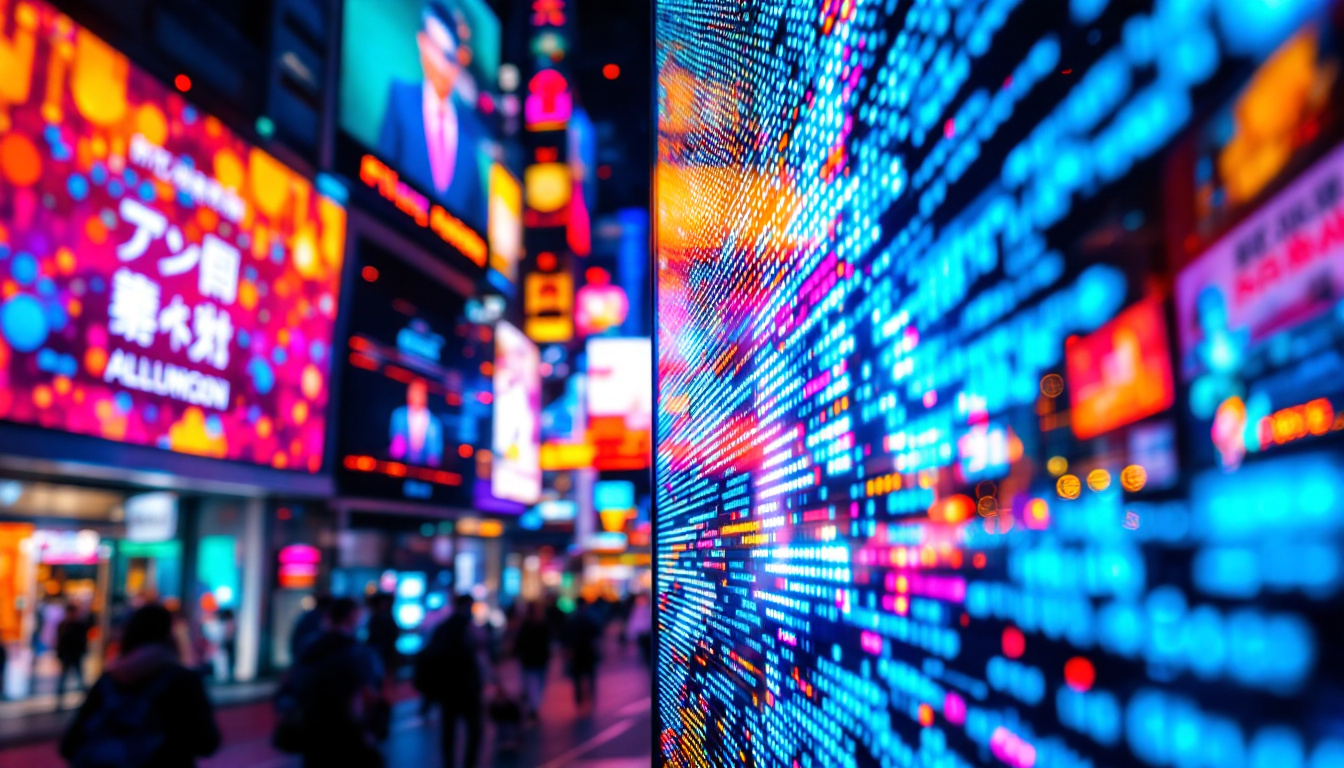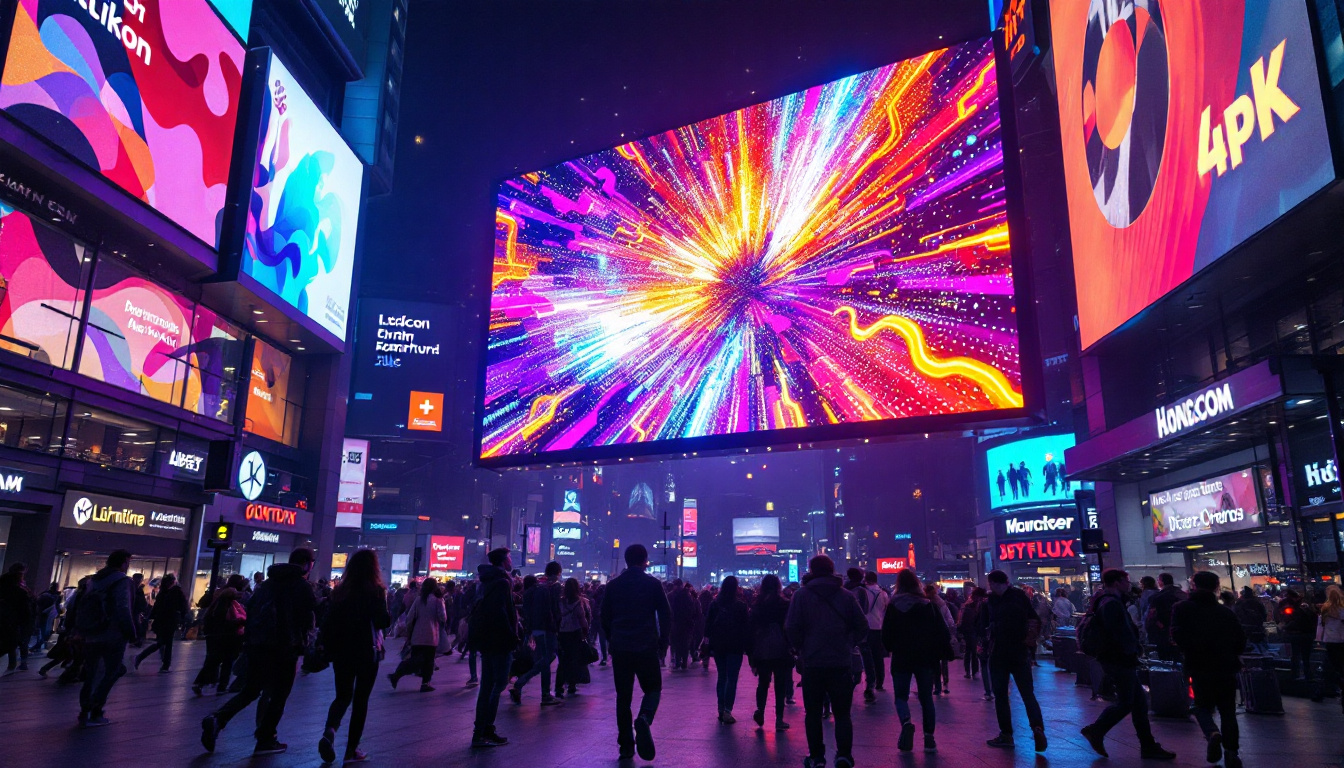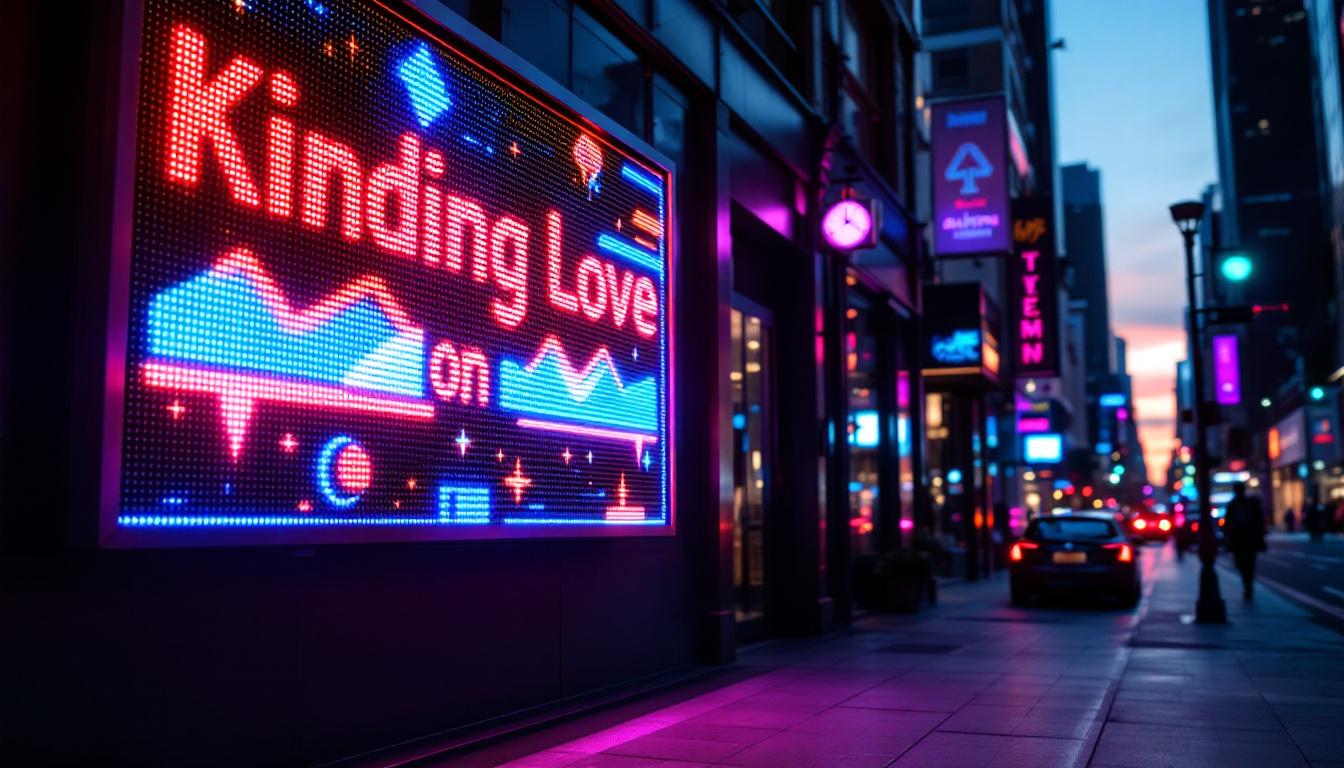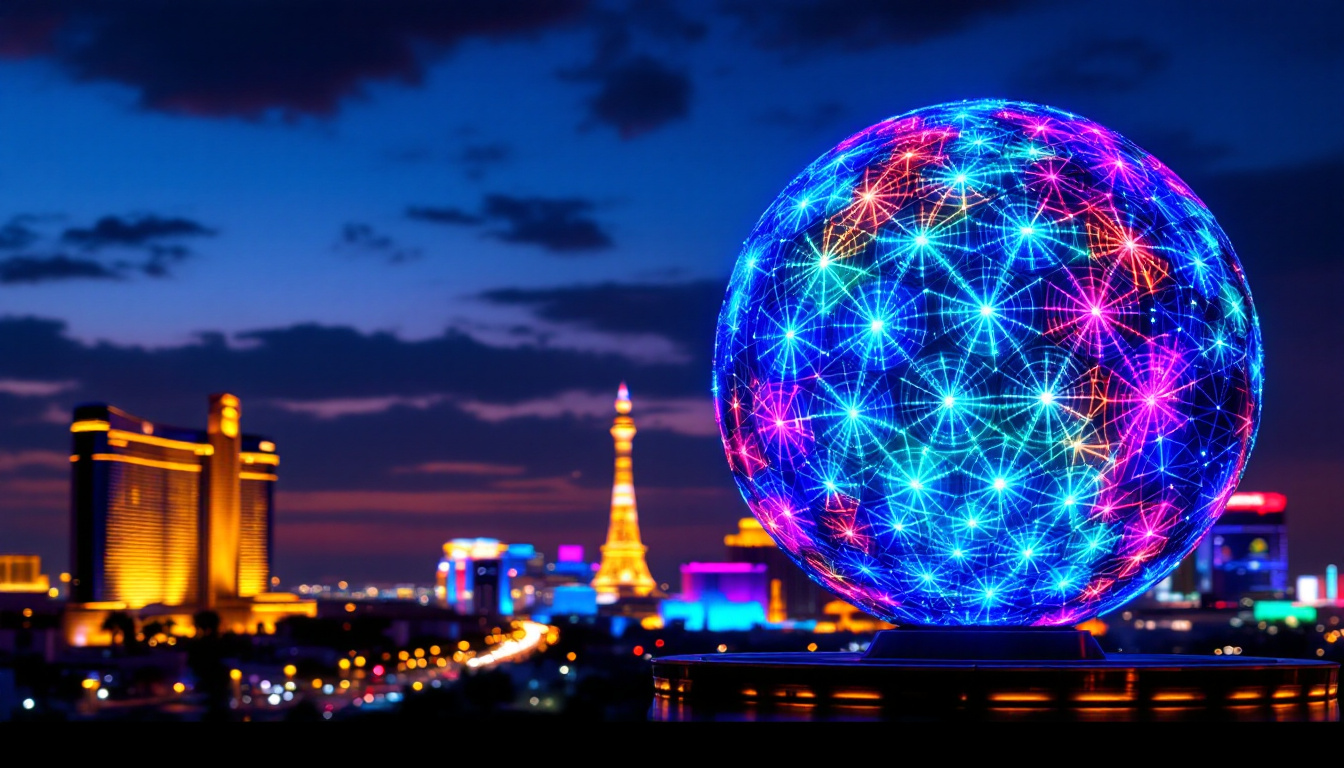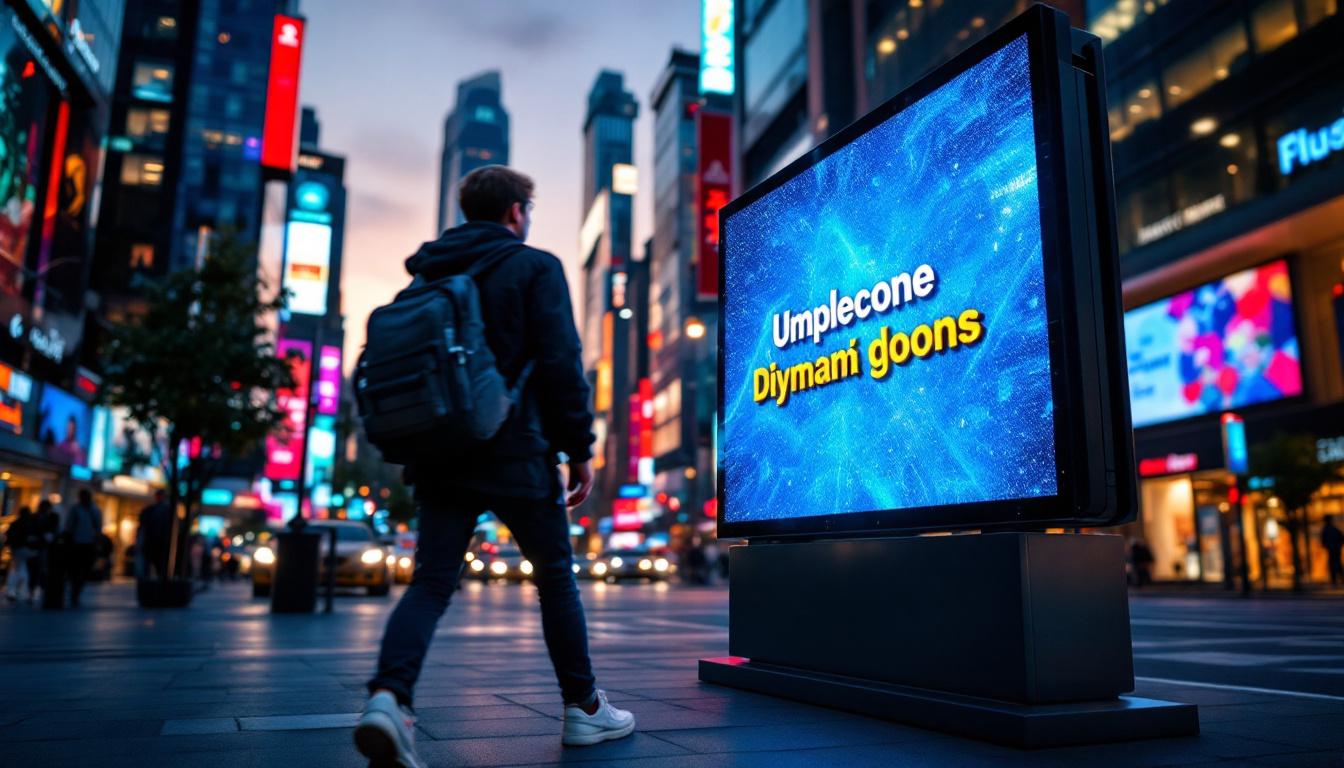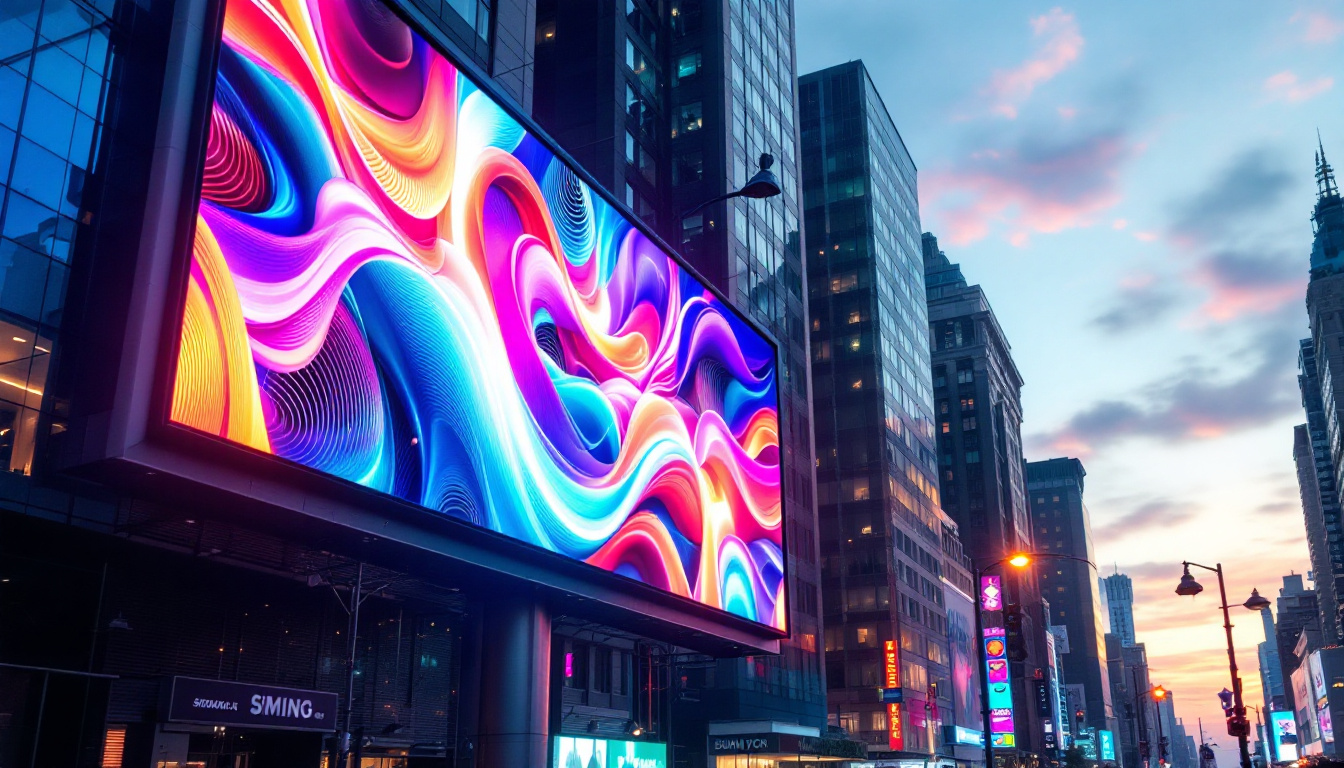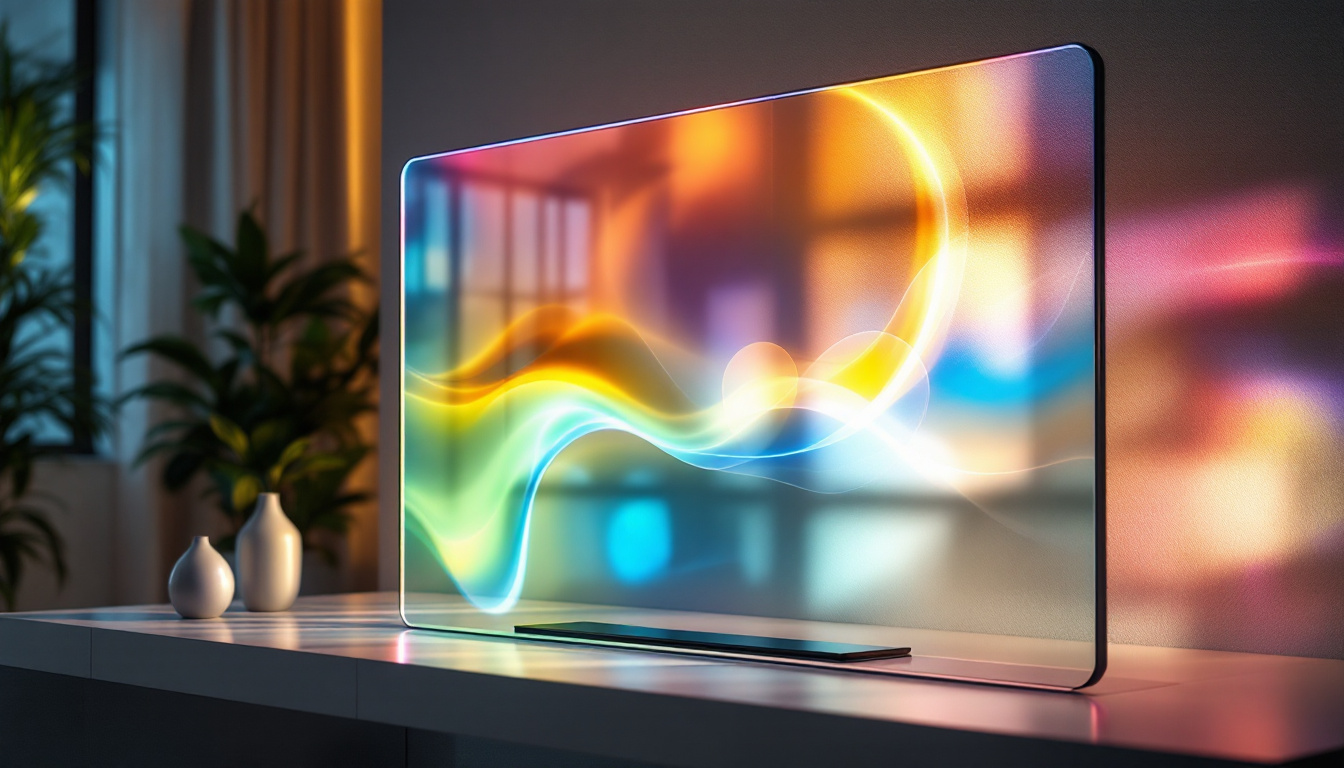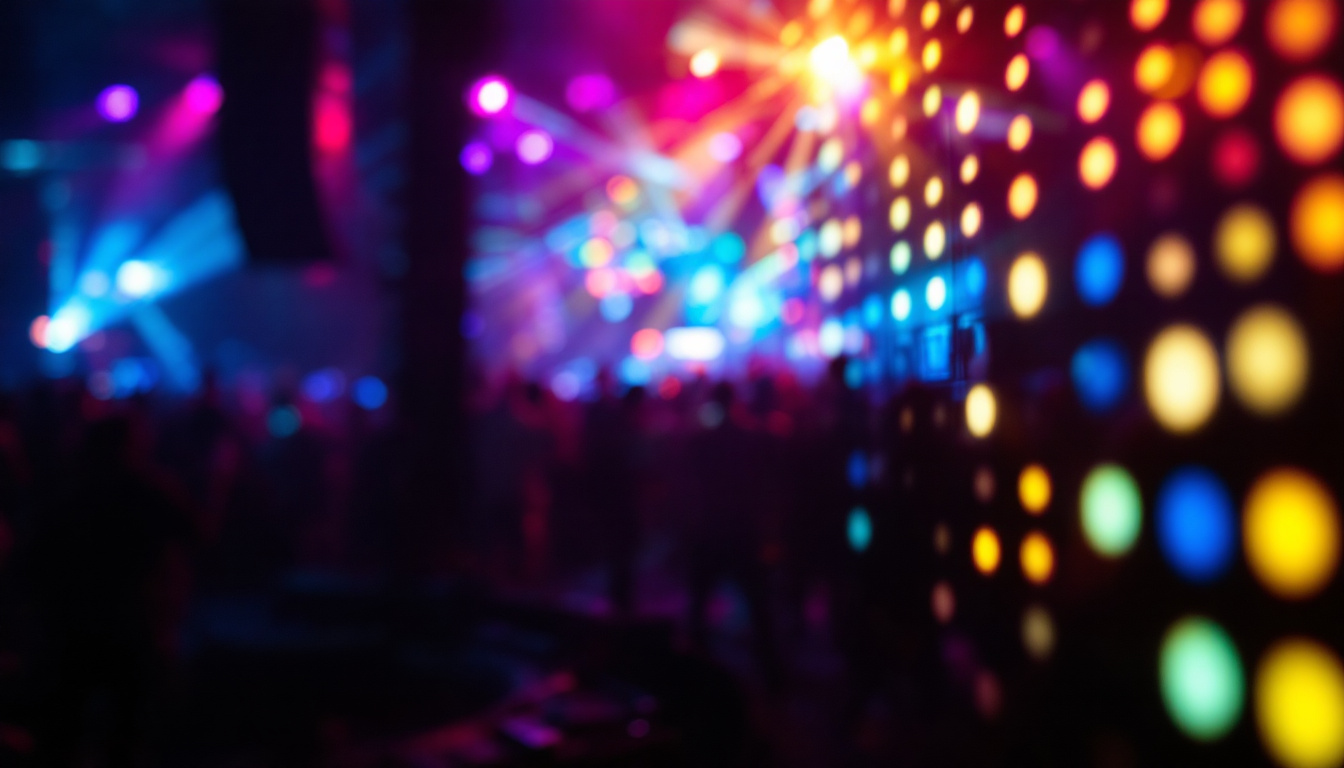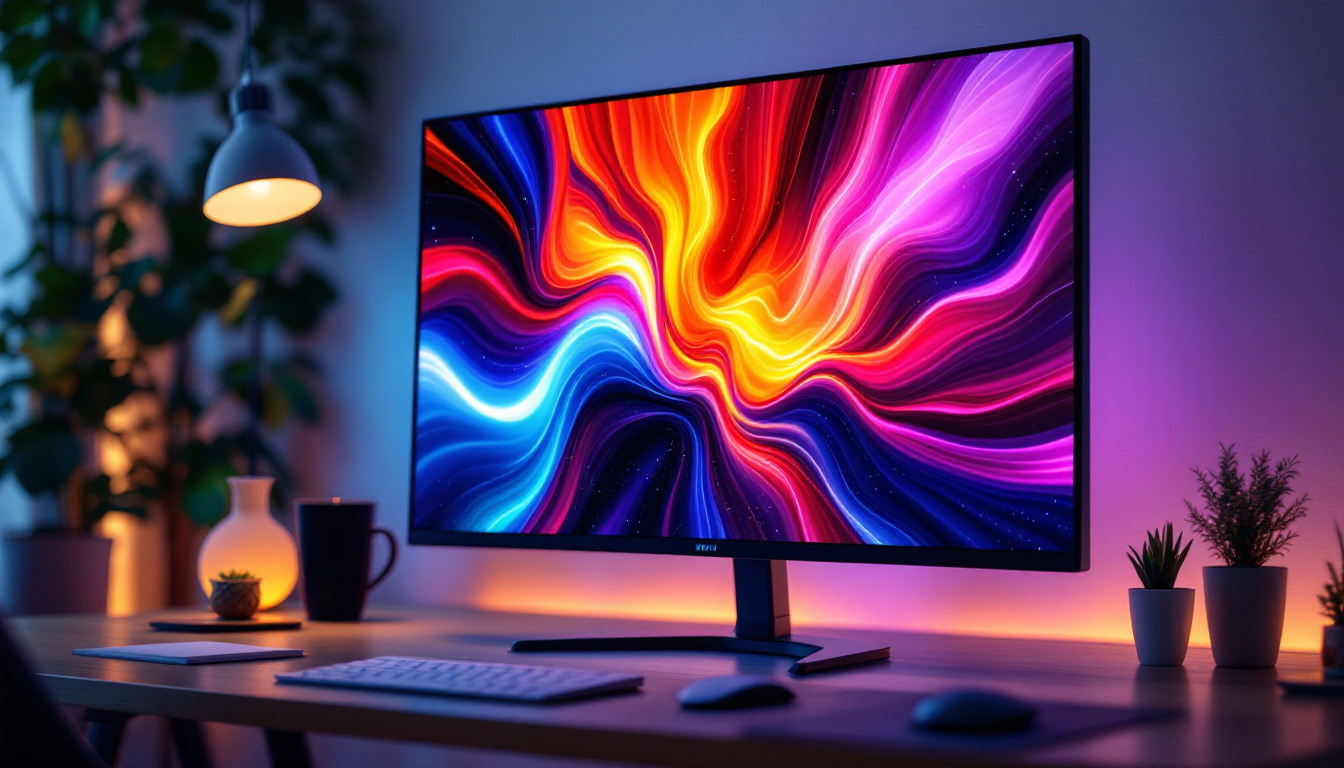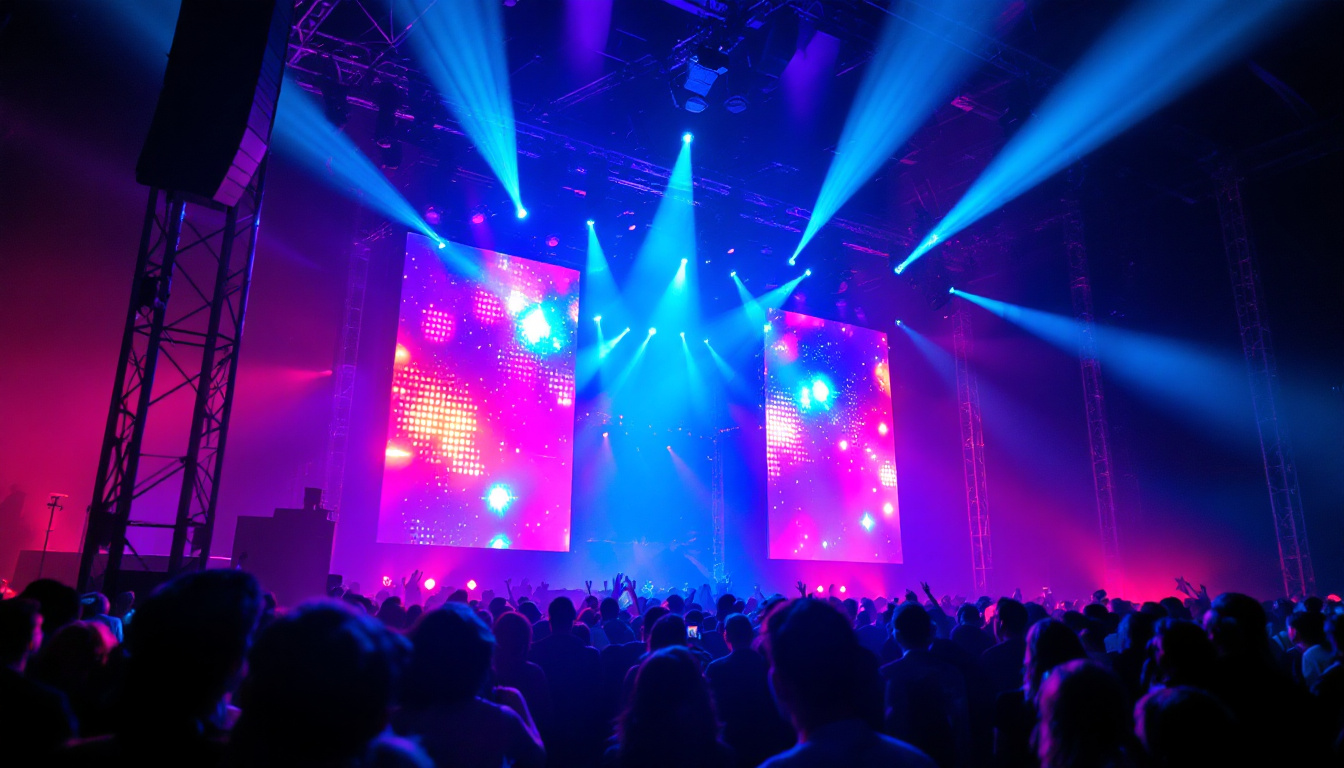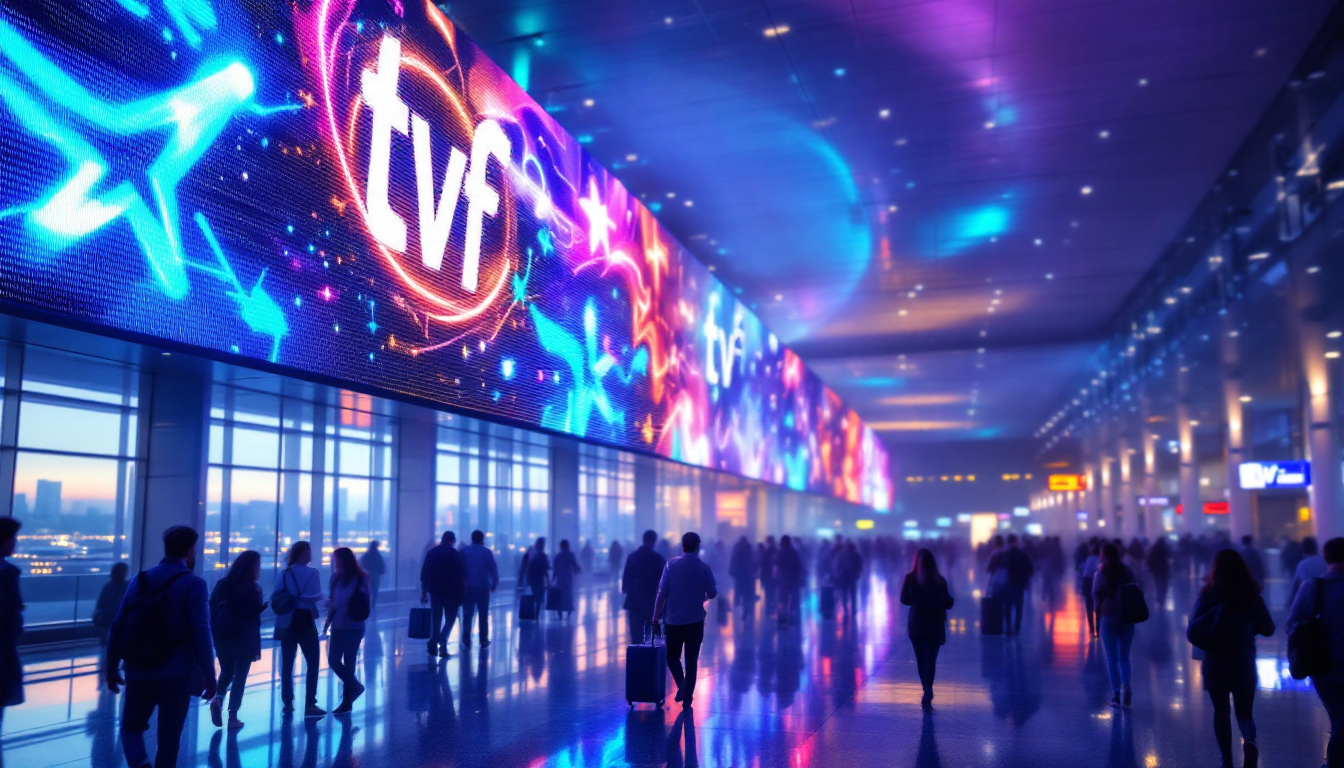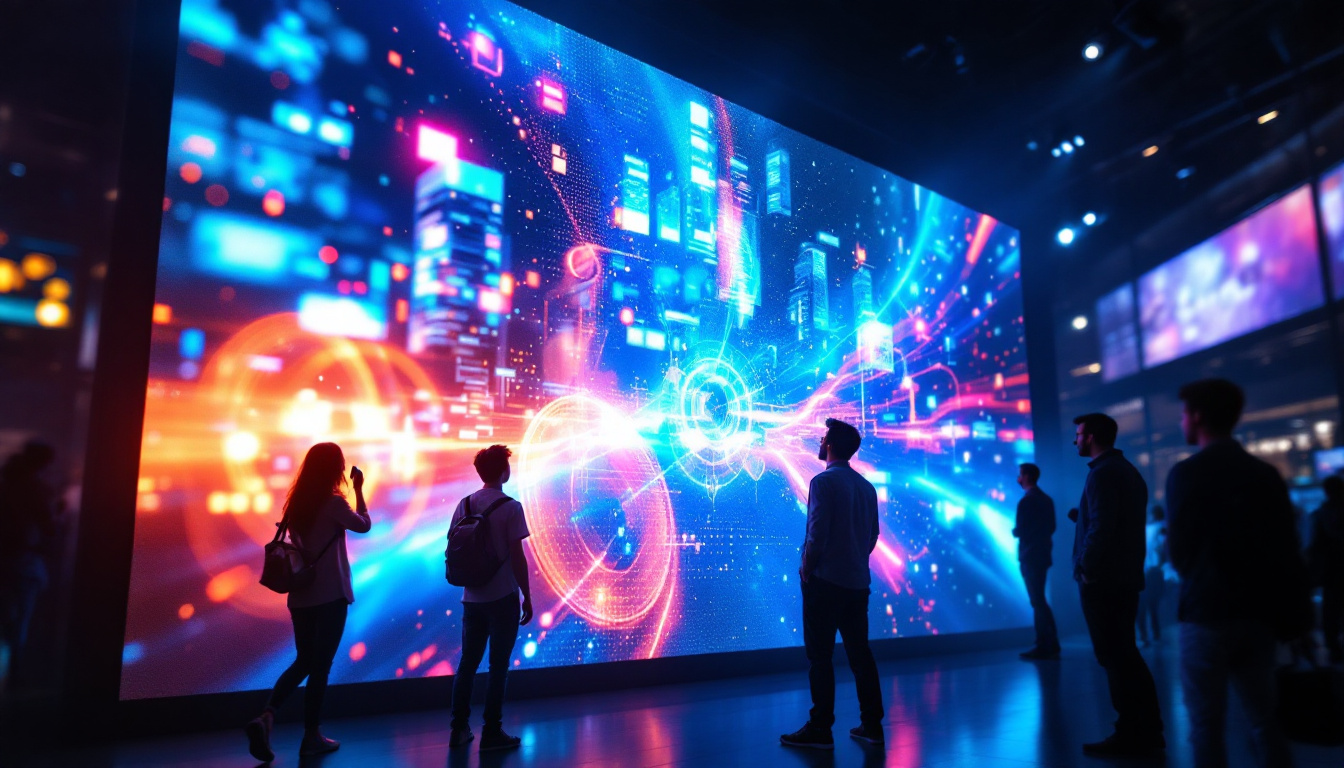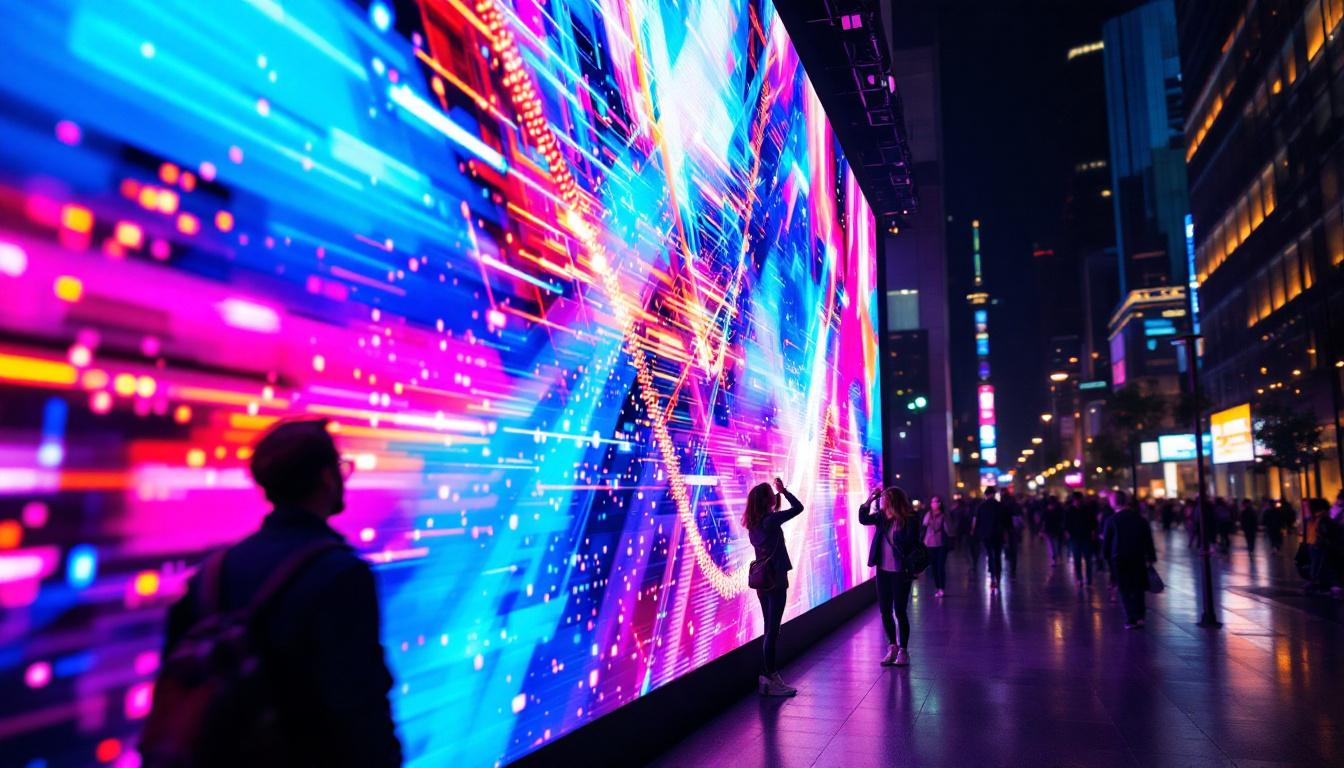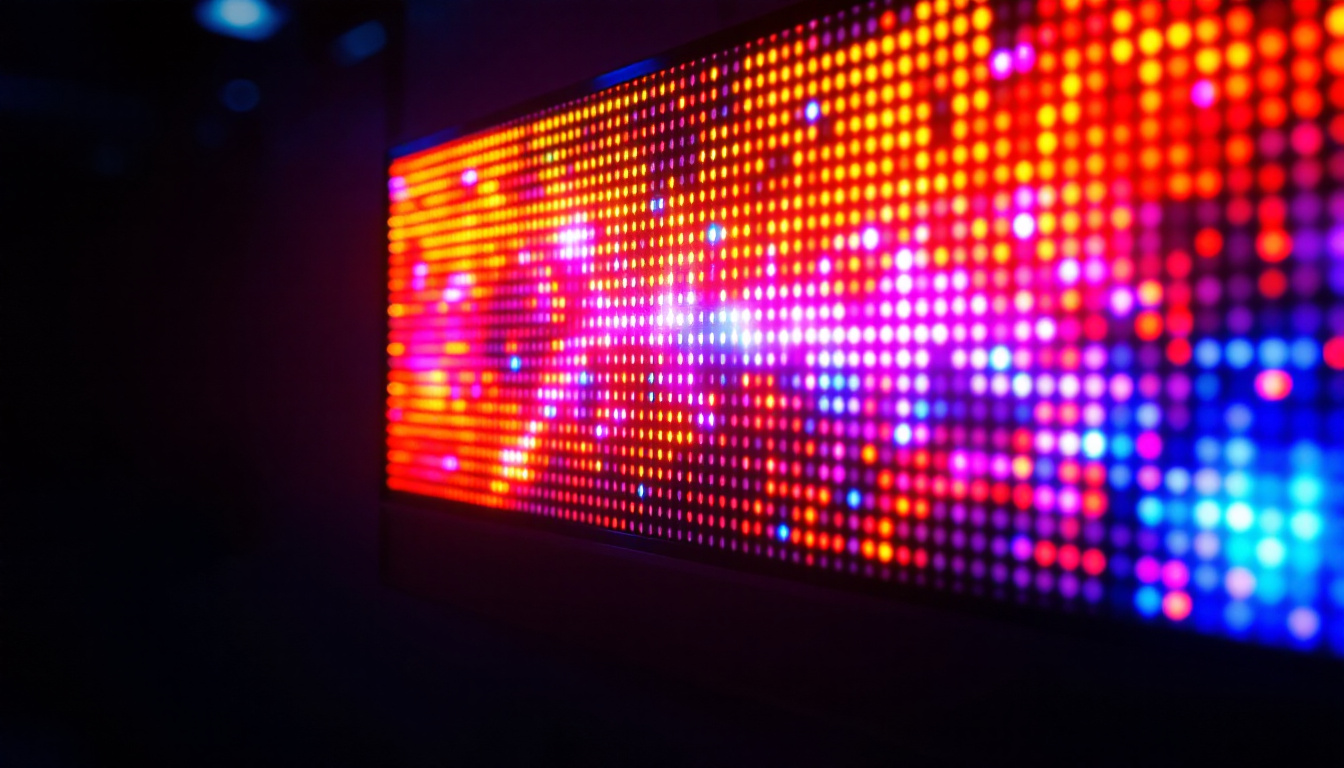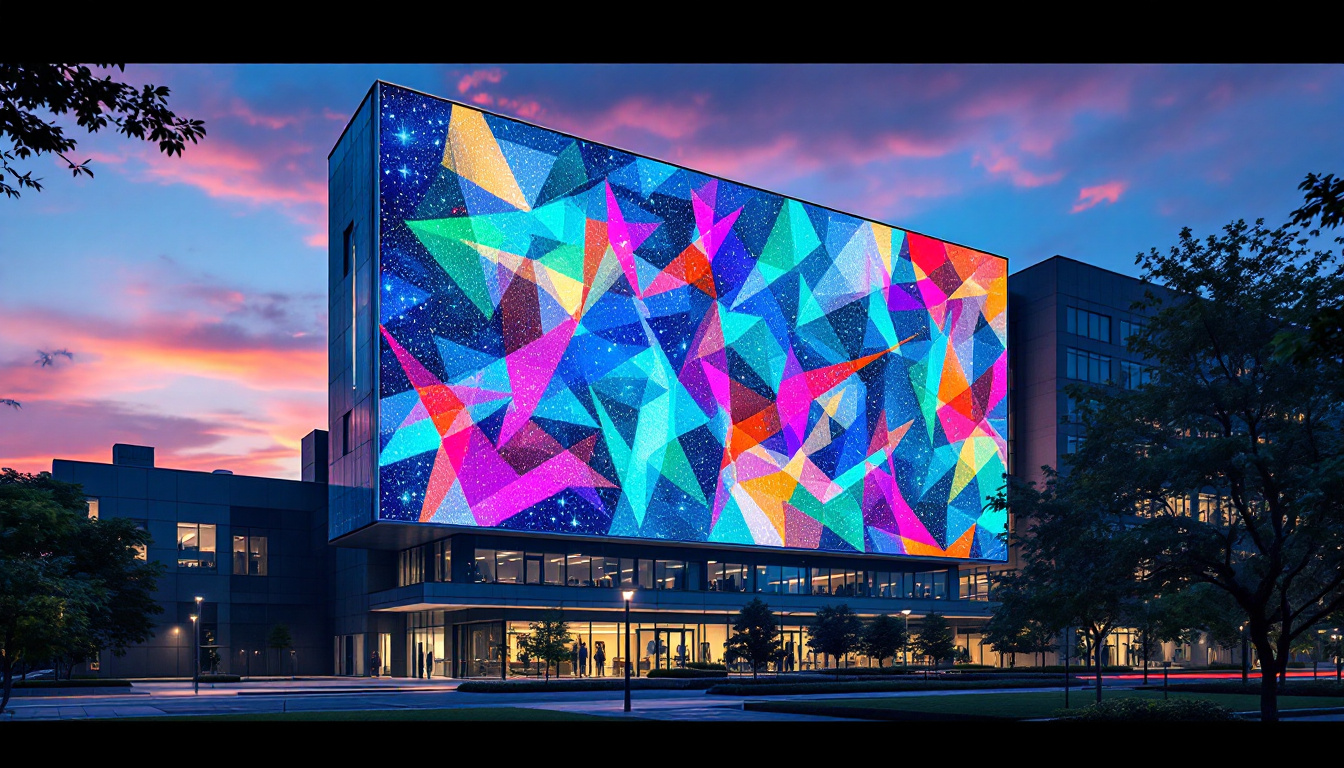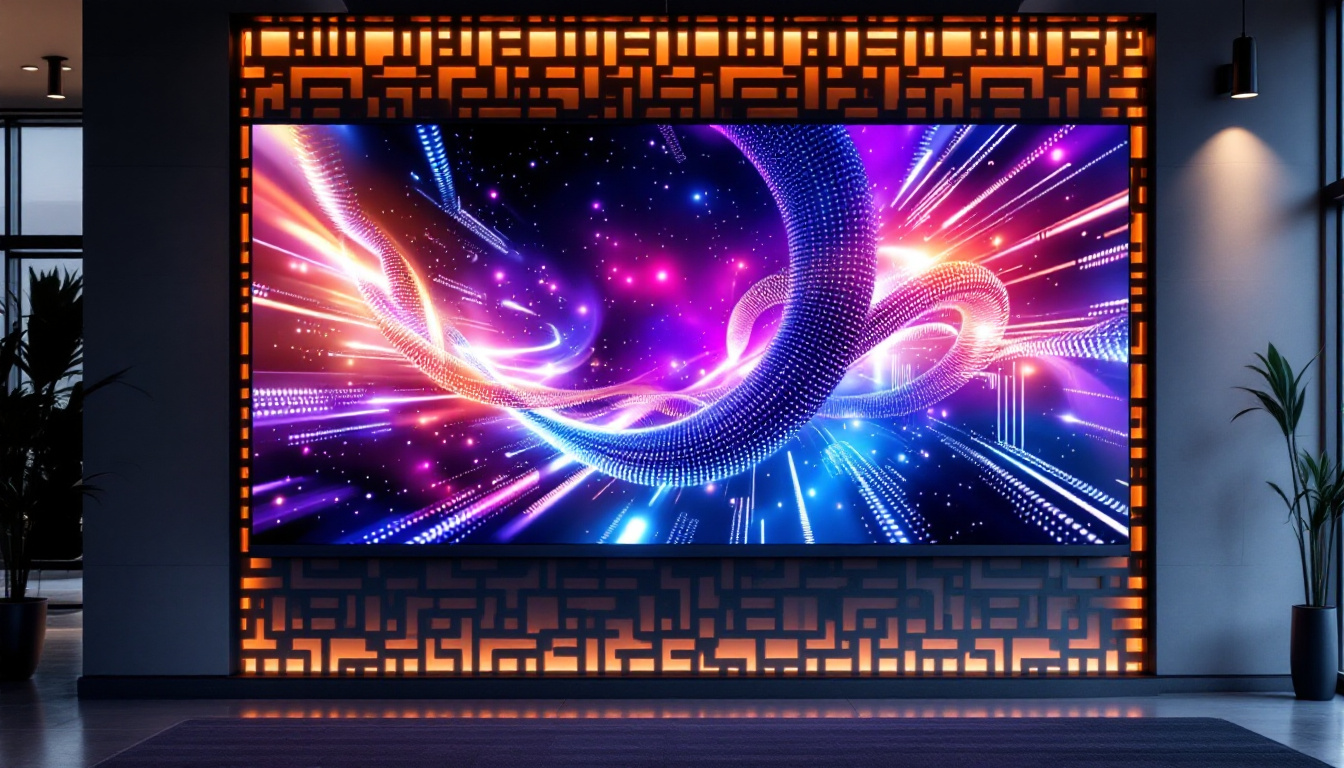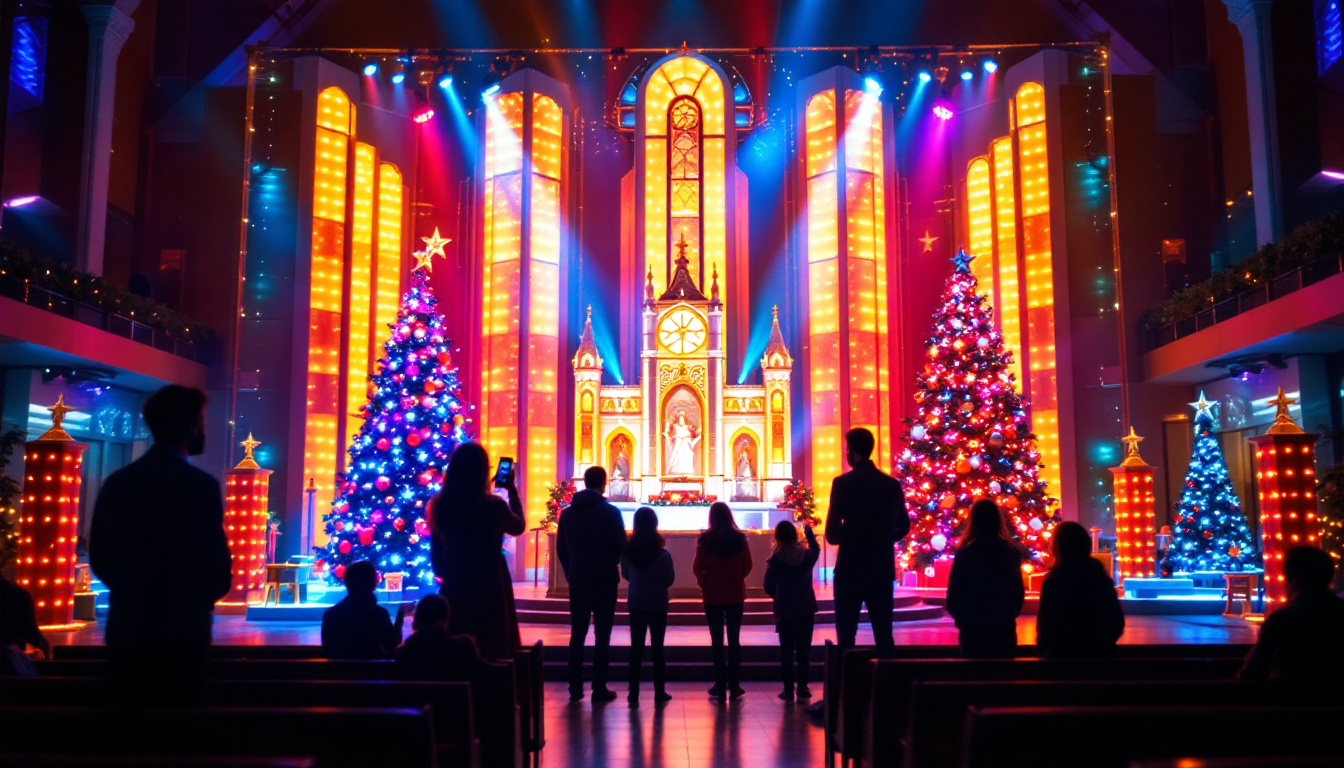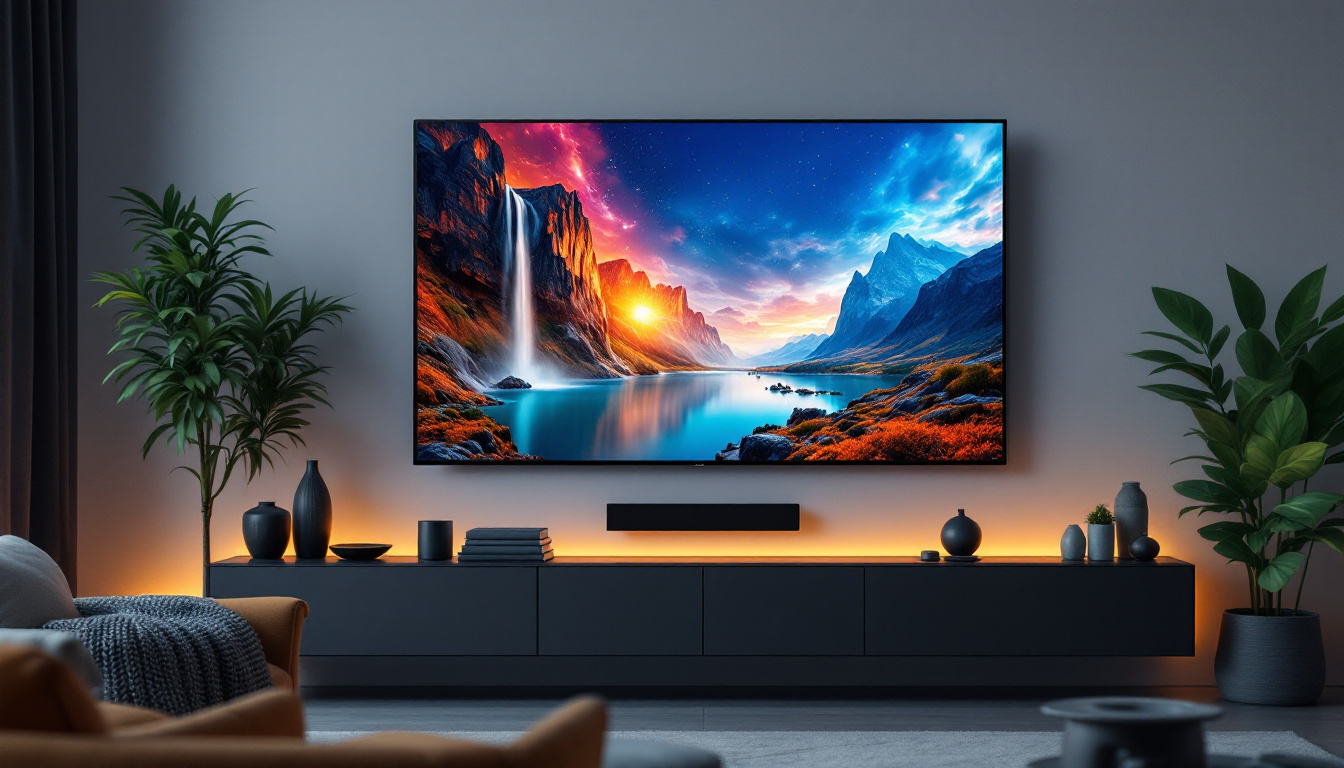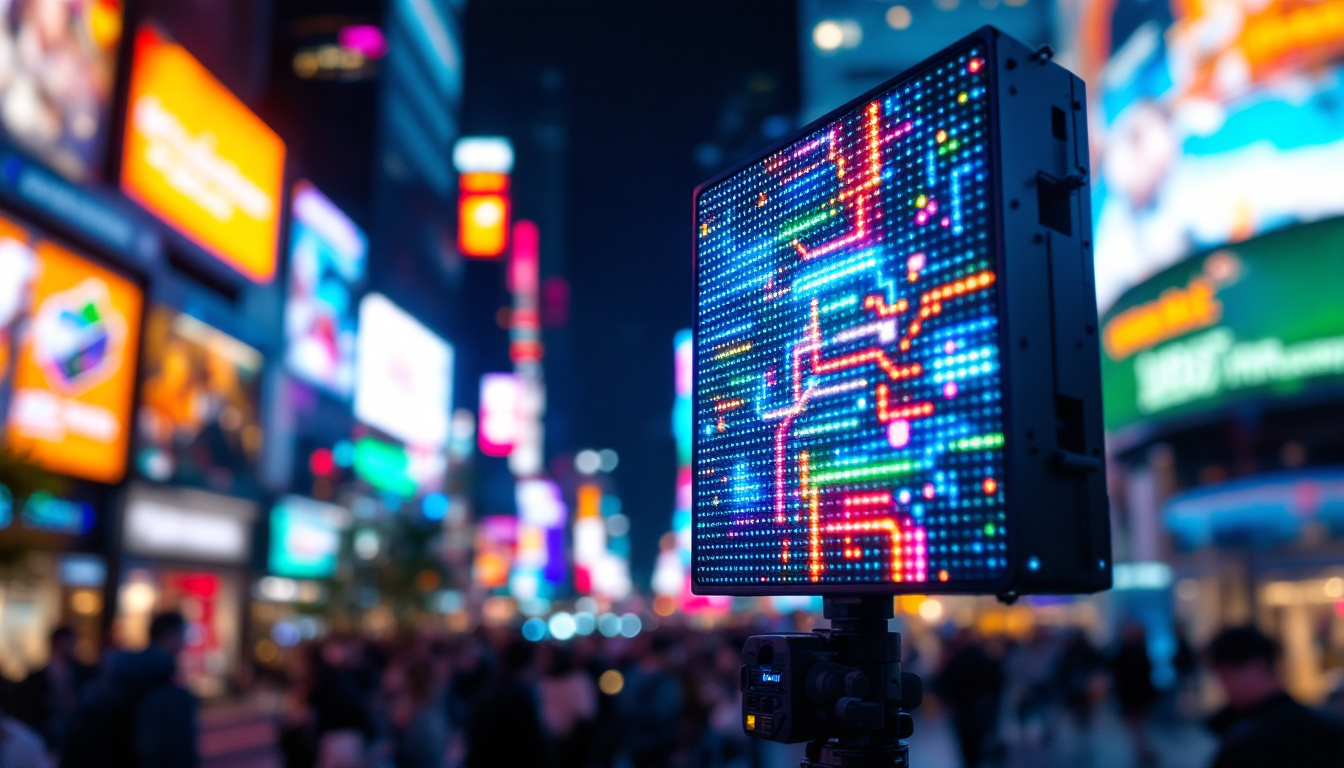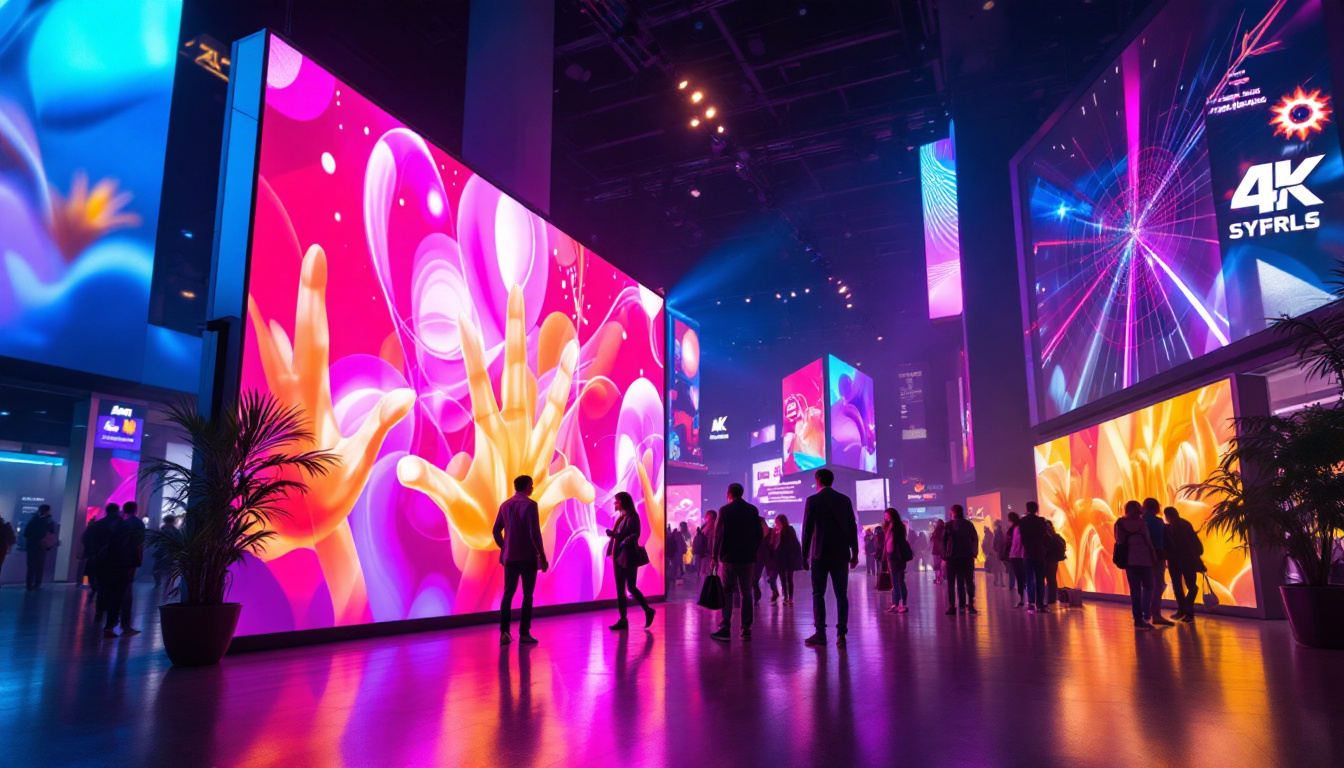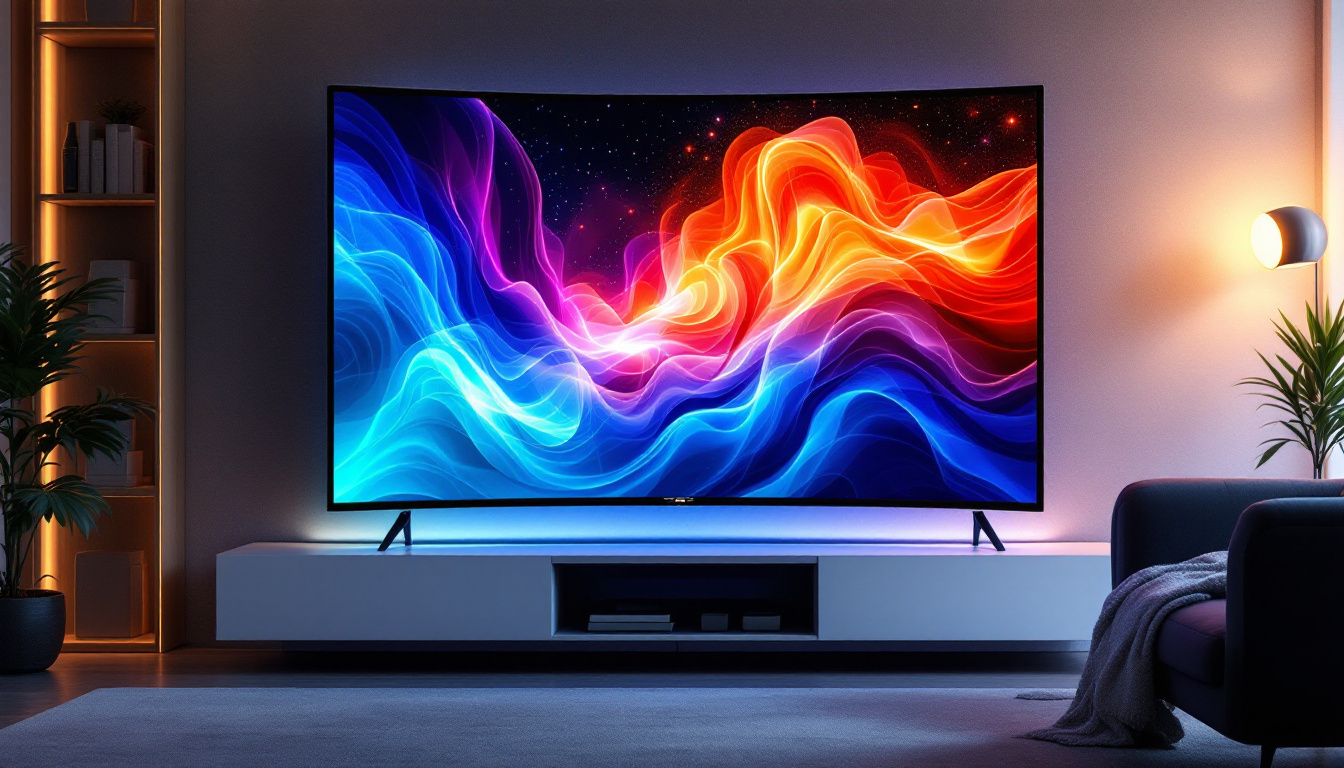In today’s digital age, the use of LED displays has become increasingly prevalent across various industries. From advertising to information dissemination, LED displays serve as a versatile tool that captures attention and conveys messages effectively. This article delves into the intricacies of price LED displays, exploring their technology, applications, and the factors influencing their pricing.
Understanding LED Display Technology
LED, or Light Emitting Diode, technology has revolutionized the way visual information is presented. Unlike traditional display methods, LED displays utilize semiconductor technology to emit light when an electric current passes through them. This results in bright, vibrant visuals that can be seen from considerable distances. The efficiency of LED technology also contributes to its popularity; it consumes less power compared to older display technologies, making it a more sustainable choice for both consumers and businesses alike.
How LED Displays Work
At the core of LED display technology are individual diodes that form pixels. Each pixel consists of red, green, and blue (RGB) diodes, which can be combined in various intensities to produce a wide spectrum of colors. The arrangement and density of these pixels determine the display’s resolution and clarity. This pixel arrangement is crucial, especially in applications where detail is paramount, such as in digital signage or high-definition video walls.
When an image or video is transmitted to the LED display, the controller processes the data and adjusts the brightness of each pixel accordingly. This rapid modulation allows for dynamic content, making LED displays ideal for advertisements, event displays, and more. The technology also supports high refresh rates, which is essential for smooth motion in video playback, ensuring that fast-moving images appear fluid and clear without ghosting or blurring.
Types of LED Displays
LED displays come in various forms, catering to different needs and environments. The most common types include:
- Indoor LED Displays: Designed for indoor use, these displays typically have a higher pixel density, providing sharper images and clearer text. They are commonly used in shopping malls, conference centers, and sports arenas. Their ability to produce vivid colors and high contrast ratios makes them suitable for environments where lighting conditions can vary significantly.
- Outdoor LED Displays: Built to withstand the elements, outdoor displays are larger and have lower pixel density. They are often used for billboards, stadiums, and public information boards. These displays are engineered to be weather-resistant, featuring protective coatings that shield them from rain, dust, and UV rays, ensuring longevity and reliability in outdoor settings.
- Transparent LED Displays: A newer innovation, these displays allow light to pass through, making them ideal for storefronts and exhibitions where visibility is essential. They offer a unique aesthetic, enabling businesses to showcase products behind the display while simultaneously presenting dynamic content, thus merging advertising with product visibility.
Additionally, there are also flexible LED displays that can be bent or shaped to fit unconventional spaces, allowing for creative installations that were previously impossible with traditional display technologies. These flexible options open up new avenues for artistic expression in public spaces, events, and retail environments, allowing designers to craft immersive experiences that engage viewers in innovative ways. Furthermore, advancements in LED technology continue to evolve, with developments such as microLED and miniLED promising even greater resolution and energy efficiency, paving the way for the next generation of display solutions.
Applications of Price LED Displays
The versatility of LED displays makes them suitable for a wide range of applications. Their ability to present dynamic content in bright colors has led to their adoption in various sectors.
Advertising and Marketing
One of the most prominent uses of LED displays is in advertising. Businesses leverage these displays to showcase promotions, new products, and events. The captivating visuals and motion graphics attract potential customers, making LED displays a powerful marketing tool.
In urban areas, large outdoor LED billboards dominate the skyline, delivering messages to thousands of passersby. The ability to change content quickly allows advertisers to tailor messages based on time, audience, and location, maximizing their impact.
Information Dissemination
LED displays play a crucial role in information dissemination, especially in public spaces. Transportation hubs like airports and train stations use LED screens to provide real-time updates on arrivals, departures, and delays. This enhances the passenger experience by keeping them informed and reducing confusion.
Moreover, educational institutions utilize LED displays for announcements, schedules, and event promotions. The visual nature of these displays aids in capturing the attention of students and faculty alike.
Entertainment and Events
In the entertainment industry, LED displays are integral to concerts, festivals, and sporting events. They are used to create immersive experiences, displaying live feeds, graphics, and animations that enhance the atmosphere. The ability to synchronize visuals with audio further amplifies the audience’s engagement.
Event organizers often employ LED walls to create stunning backdrops, transforming ordinary venues into extraordinary spaces. The flexibility of LED technology allows for various configurations, making it suitable for both small gatherings and large-scale productions.
Factors Influencing the Price of LED Displays
The price of LED displays can vary significantly based on several factors. Understanding these elements is essential for businesses and organizations looking to invest in this technology.
Display Size and Resolution
One of the primary determinants of an LED display’s price is its size and resolution. Larger displays with higher pixel densities typically cost more due to the increased number of diodes and advanced technology required. For instance, a massive outdoor billboard will be priced differently than a smaller indoor screen with high resolution.
When selecting a display, it is crucial to consider the viewing distance and the level of detail needed. Higher resolution displays are more suitable for close-up viewing, while lower resolutions may suffice for distant observation.
Technology and Features
The technology behind the LED display also impacts its cost. Advanced features such as high dynamic range (HDR), enhanced color accuracy, and improved energy efficiency can drive up the price. Additionally, displays with interactive capabilities or touch functionality are typically more expensive due to the added complexity in design and manufacturing.
Furthermore, the type of LED technology used, such as SMD (Surface Mount Device) or DIP (Dual In-line Package), can influence pricing. SMD displays, known for their superior image quality and flexibility, often come at a premium compared to traditional DIP displays.
Installation and Maintenance Costs
Beyond the initial purchase price, installation and maintenance costs should also be considered. Professional installation may be required for larger displays, particularly outdoor ones that need to be weatherproofed and securely mounted. This can add significant costs to the overall investment.
Regular maintenance is essential to ensure the longevity of LED displays. This may include cleaning, software updates, and repairs, which can vary in cost depending on the complexity of the display and the service provider.
Choosing the Right LED Display for Your Needs
Selecting the appropriate LED display involves careful consideration of various factors. Businesses and organizations should assess their specific needs and objectives to make an informed decision.
Assessing Your Requirements
Before purchasing an LED display, it is vital to evaluate the intended use. Consider the environment where the display will be installed—indoor or outdoor—and the type of content that will be showcased. For example, a retail store may benefit from a high-resolution indoor display to promote products, while a sports venue may require a larger outdoor display for live events.
Additionally, think about the viewing distance and audience size. This will help determine the appropriate size and resolution for the display, ensuring that the content is easily visible and engaging.
Budget Considerations
Establishing a budget is crucial when investing in LED displays. Prices can range significantly based on size, technology, and features. It is essential to balance quality with affordability, ensuring that the chosen display meets both performance expectations and financial constraints.
Consider not only the initial purchase price but also the long-term costs associated with installation, maintenance, and potential upgrades. A well-planned budget will help avoid unexpected expenses down the line.
Consulting with Experts
Engaging with industry experts can provide valuable insights when selecting an LED display. Professionals can offer guidance on the latest technologies, recommend suitable products, and assist with installation and maintenance planning.
Additionally, many vendors offer customizable solutions tailored to specific needs. Collaborating with experts can ensure that the chosen display aligns with organizational goals and delivers maximum impact.
The Future of LED Displays
The future of LED displays appears promising, with continuous advancements in technology and applications. As industries evolve, so too will the capabilities of LED displays, paving the way for innovative uses and enhanced user experiences.
Emerging Technologies
As technology progresses, new developments in LED displays are expected. Innovations such as flexible displays, which can be bent or shaped to fit various surfaces, are already making waves in the market. These displays open up new possibilities for creative installations and advertising strategies.
Additionally, advancements in artificial intelligence and machine learning may lead to smarter displays that can adapt content based on audience demographics and behavior. This level of customization could significantly enhance engagement and effectiveness in advertising and information dissemination.
Sustainability and Energy Efficiency
With growing concerns about environmental impact, the LED display industry is also focusing on sustainability. Manufacturers are exploring energy-efficient technologies and materials that reduce the carbon footprint of production and operation.
As consumers become more environmentally conscious, the demand for sustainable products will likely influence the development of LED displays. This shift may lead to more eco-friendly options that not only perform well but also align with corporate social responsibility initiatives.
Broader Adoption Across Industries
As the benefits of LED displays become more widely recognized, their adoption is expected to expand across various sectors. From healthcare to transportation, the ability to communicate effectively in real-time will drive demand for LED technology.
Moreover, as costs continue to decrease due to advancements in manufacturing processes, smaller businesses will have greater access to LED displays, further broadening their use in everyday applications.
Conclusion
Price LED displays represent a dynamic and evolving technology that has transformed the way information is conveyed. Understanding the intricacies of LED displays, their applications, and the factors influencing their pricing is essential for making informed decisions in a competitive landscape.
As industries continue to embrace digital solutions, LED displays will undoubtedly play a pivotal role in shaping the future of communication and advertising. By staying informed about emerging trends and technologies, businesses can leverage the power of LED displays to engage audiences and achieve their objectives effectively.
Explore Cutting-Edge LED Display Solutions with LumenMatrix
As you consider the vast potential of LED displays to revolutionize your communication and advertising strategies, LumenMatrix stands at the forefront of this technological evolution. With a diverse range of products from Indoor and Outdoor LED Wall Displays to innovative solutions like Vehicle LED Displays and LED Transparent Displays, LumenMatrix is committed to enhancing your brand’s visibility and creating immersive visual experiences. Embrace the future of visual engagement and check out LumenMatrix LED Display Solutions to discover how our advanced technology can empower your business to convey messages with unparalleled impact and clarity.

